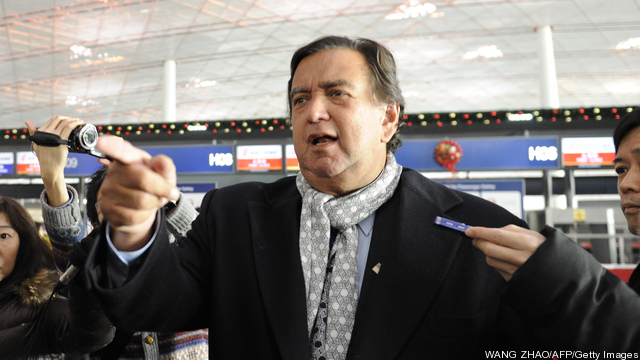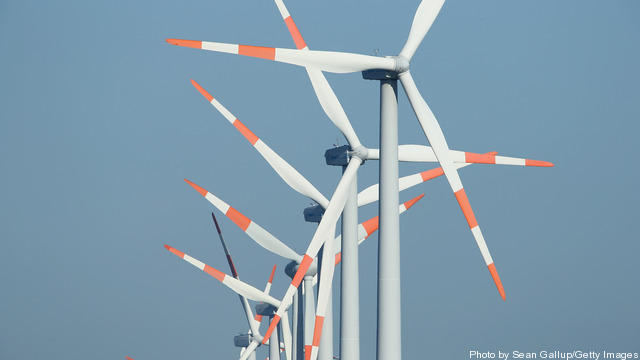
Despite wildfires, drought, a superstorm and an election, 2012 wasn’t all chaos. As the talking heads debated, the clean energy and transportation sectors continued their quiet but steady upward growth. Companies and communities across the country announced more than 300 projects in 2012 that are expected to create 110,000 jobs, according a report released today by Environmental Entrepreneurs.
Although fossil fuel industry lobbyists and the politicians who love them threatened to eliminate funding and tax incentives, the energy and transportation sectors soldiered on, further proving their value as the future of our economy. Keep reading →







 A Vietnamese employee of GE’s newly built turbine generator factory walks in front of wind turbine components inside an assembly line in the northern coastal city of Hai Phong on October 15, 2010.
A Vietnamese employee of GE’s newly built turbine generator factory walks in front of wind turbine components inside an assembly line in the northern coastal city of Hai Phong on October 15, 2010.